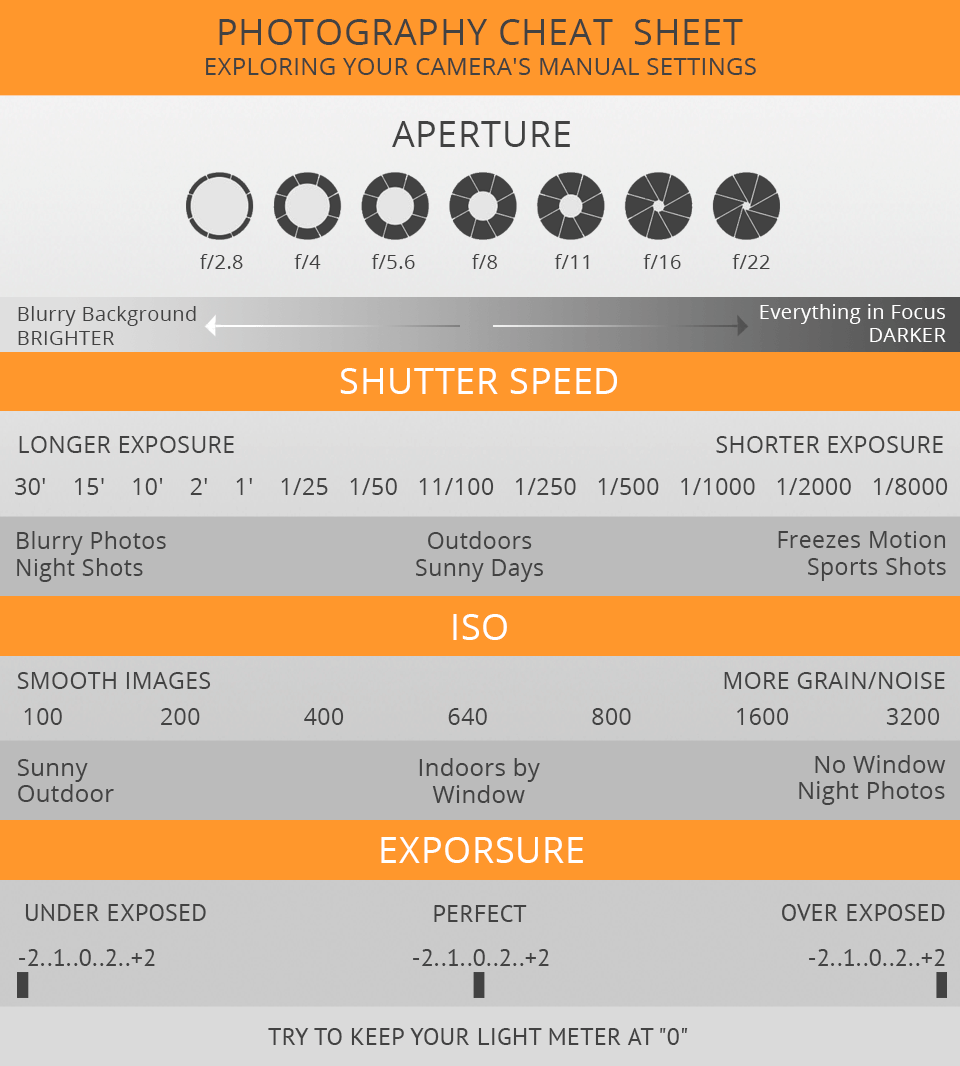Join Us To Find Important Digital Photography Pointers That Will Open Your Electronic Camera'S Capacity-- Prepare To Record Stunning Photos Quickly!
Join Us To Find Important Digital Photography Pointers That Will Open Your Electronic Camera'S Capacity-- Prepare To Record Stunning Photos Quickly!
Blog Article
Article Developed By-Ballard Ploug
When you first grab your electronic camera, it can feel frustrating with all the setups and choices readily available. You may find yourself questioning how to browse aperture, shutter rate, and ISO successfully. Mastering these fundamentals is crucial, but there's more to photography than simply technical knowledge. Recognizing http://kermit18lana.xtgem.com/__xt_blog/__xtblog_entry/__xtblog_entry/37577623-exactly-how-to-develop-a-photography-profile-that-attracts-attention?__xtblog_block_id=1#xt_blog and lights problems can raise your photos drastically. So, what happens if you could learn straightforward strategies to enhance your abilities and begin catching excellent images earlier than you think? Allow's explore just how to transform your digital photography trip.
Comprehending Electronic Camera Setups
Recognizing your electronic camera setups is essential for catching sensational images. When you pick up your cam, familiarize on your own with the 3 primary settings: aperture, shutter rate, and ISO. Each plays an essential function in just how your pictures turn out.
Start with aperture, which regulates the amount of light going into the lens. A wider aperture (reduced f-number) lets in extra light and creates a beautiful background blur, ideal for portraits. Conversely, Visit Home Page (higher f-number) maintains even more of the scene in focus, perfect for landscapes.
Next off, concentrate on shutter speed. This setting identifies how much time your camera's sensor is revealed to light. A quick shutter rate ices up motion, which is great for action shots, while a sluggish shutter rate can produce sensational effects like smooth water in landscapes.
Finally, readjust your ISO. This setup impacts your camera's level of sensitivity to light. A greater ISO serves in low-light situations yet can introduce noise or grain. Go for the most affordable ISO feasible while still attaining appropriate direct exposure.
Make-up Methods
When you're out capturing, structure can make all the difference in just how your pictures reverberate with visitors. Begin by using the regulation of thirds; envision your framework separated into nine equal sections with 2 horizontal and 2 upright lines. Placement crucial elements along these lines or at their intersections to create balance and passion.
Next off, consider leading lines. These all-natural lines in your scene, like roads or rivers, draw the visitor's eye into the picture, directing them through the tale you're informing.
Do not ignore framing; use aspects within your scene, like trees or windows, to produce a framework around your topic, including depth and emphasis.
Likewise, watch on your background. A messy history can distract from your major subject, while a simple one aids it stick out.
Lastly, explore balance and patterns; they can produce a striking picture that captures attention.
Mastering Lights Issues
Mastering lights conditions is essential for catching magnificent photographs, as the ideal light can transform an ordinary scene into something extraordinary.
Start by observing all-natural light at various times of the day. visit the following page and late afternoons offer the most effective light, referred to as the gold hour. The soft, warm tones during these times can enhance your images magnificently.
Do not avoid cloudy days either; diffused light can reduce extreme shadows and produce a pleasing result, especially for portraits.
Explore backlighting by placing your subject versus the light source. This technique can develop a wonderful halo impact and include depth to your photos.
Pay attention to your video camera setups also. Change the ISO, aperture, and shutter speed to match the lighting problems. A higher ISO can help in low light, but beware of grain.
Use a tripod in darker atmospheres to avoid blur.
Last but not least, do not fail to remember fabricated lights. Flash and continuous lights can be wonderful tools for managing light in challenging problems.
Final thought
Finally, mastering your camera doesn't have to be frustrating. By understanding your setups, applying make-up methods, and taking advantage of the power of natural light, you'll swiftly raise your digital photography abilities. Keep in mind, exercise makes excellent, so get out there and experiment with your newfound knowledge. With time and commitment, you'll be recording stunning pictures that show your distinct perspective. Enjoy the journey, and do not neglect to enjoy while you're at it!
